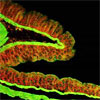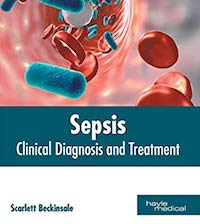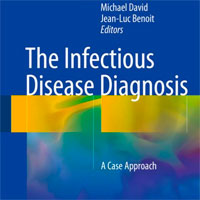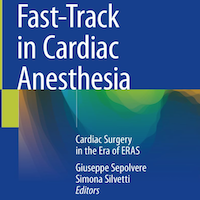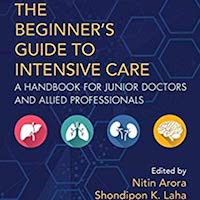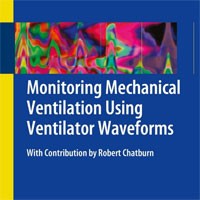Is it possible to reduce hospital admissions through evidence-based clinic staffing?
Patients who find themselves on in-center dialysis have the higher rates of hospital admissions than those on peritoneal dialysis. These admissions represent a significant financial cost and account for approximately 40%... read more

Scientists film bacteria's maneuvers as they become impervious to drugs
In a creative stroke inspired by Hollywood wizardry, scientists from Harvard Medical School and Technion-Israel Institute of Technology have designed a simple way to observe how bacteria move as they become impervious to... read more
Manuka honey could fight off deadly infections in hospital equipment
Manuka honey could be a powerful new weapon in the battle against hospital-acquired infections, scientists have revealed.... read more

Aflatoxin exposure can weaken airways’ defenses opening door for severe respiratory diseases
Toxins from mold found growing on nuts or corn can weaken the airways\' self-clearing mechanisms and immunity, opening the door for respiratory diseases and exacerbating existing ones, suggests a study in Nature Scientific... read more

Practicing Empathy May Lead to More Joy in Medicine
Empathetic listening can help physicians navigate difficult situations and forge deeper connections with patients, leading to greater professional satisfaction and joy, according to the American Medical Association.... read more

Capnography best practices to improve patient handoff reports
Use these documentation and handoff tips to communicate important patient information to ED and ICU staff unfamiliar with capnography. Waveform capnography is an example of EMS as an early adopter of emerging technology.... read more
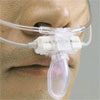
Alcohol Withdrawal Syndrome
Alcohol withdrawal syndrome (AWS) is present in 20% of all hospital admissions and contributes to at least 30% of critical care admissions.1 Patients who develop AWS require longer hospitalizations and have extensive medical... read more

Signs of Cardioprotection Seen in Acute STEMI Patients Receiving IV Beta-blocker Post-PCI
Patients with STEMI who receive IV infusion of the beta-blocker esmolol within 60 minutes after successful PCI tend to release smaller amounts of cardiac biomarkers than those given placebo, researchers of a single-center,... read more
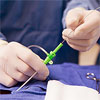
AF in Sepsis: Choosing the Right Therapy
It seems that during almost every intensive care unit shift, at least one patient goes into atrial fibrillation (AF). There are several treatment options, including calcium channel blockers (CCBs), beta-blockers (BBs), digoxin,... read more

Clonidine Added to Single-Shot Interscalene Block Confers No Analgesic Benefit
A large, retrospective study from Mayo Clinic has concluded that the addition of clonidine to a single-shot interscalene block does not improve the quality of analgesia in patients undergoing total shoulder arthroplasty.... read more

Microbiome of ICU Patients Transforms within Days of Admission
A new study shows that intensive care unit (ICU) patients have depleted populations of commensal, health-promoting microbes and higher counts pathogenic strains.... read more

Effect of atorvastatin on the incidence of acute kidney injury following valvular heart surgery
Statins, 3-hydroxy-3-methylglutaryl coenzyme A (HMG-CoA) reductase inhibitors have the potential to reduce acute kidney injury (AKI) after cardiac surgery through their pleiotropic properties. Here we studied the preventive... read more
Many Spirometers Used in Primary Care Deemed Inaccurate
Spirometers used in primary care offices are frequently inaccurate, according to a study published online Sept. 6 in the Annals of the American Thoracic Society. Applying percent error to clinical data set resulted in re-categorization... read more

St. Vincent Healthcare aims to modernize critical care for children
St. Vincent is raising funds for a $2.3 million renovation that will update the unit and create more privacy for the children and families who use it.... read more

Smoking Impacts Cardiac Structure, Function
Elderly smokers without evidence of heart disease still showed subtle alterations in left ventricular structure and impaired diastolic function in an analysis of data from an ongoing, prospective study.... read more

Hypoxic guard systems in anesthesia systems
Critical Care News met with Dr Jan Hendrickx, an expert in kinetics of inhaled agents and carrier gases, to hear his first impressions of the active hypoxic guard O2GUARD in anesthesia machine FLOW-i. Watch when Dr Hendrickx... read more

Neonatal Nurses: Helping the Tiniest Patients
In honor of National Neonatal Nurses Day, we interviewed five nurses in different facets of the field to give you a glimpse of what it’s like to be a neonatal nurse, including the challenges and rewards involved in caring... read more

5 Vaccine Myths Debunked
In the US, getting a child vaccinated is a must. You’ll see the vaccine requirement in schools, and even daycare. But just because it’s required doesn’t mean every parent agrees with it.... read more
A look at the growing specialty of hospitalist
A hospitalist is a doctor who focuses on work in the hospital, caring for patients and navigating an increasingly complex medical institution. Rather than focusing on an organ or a disease, the work revolves around the physical... read more
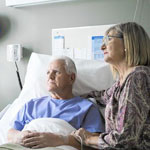
Early TIPS Beneficial in Acute Esophageal Variceal Bleeding
For patients presenting with acute esophageal variceal bleeding (EVB), early transjugular intrahepatic portosystemic shunt (TIPS) is associated with reductions in in-hospital rebleeding and mortality, with no increase in... read more
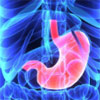
Quiet please in the intensive care unit
A new study shows that noise levels in the Intensive Care Unit can go well above recommended levels, disturbing both patients and the medical teams that care for them.... read more

High-Speed Confocal Imaging
Confocal microscopy, or more accurately confocal laser scanning microscopy (CLSM), is a derivation of optical microscopy that allows both the optical resolution and contrast of micrographic images to be increased.... read more
